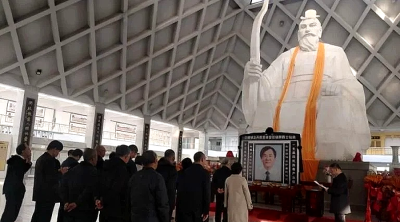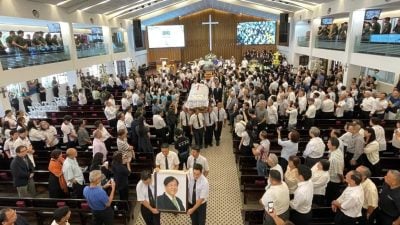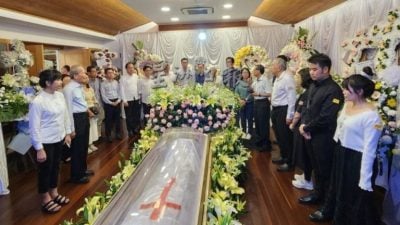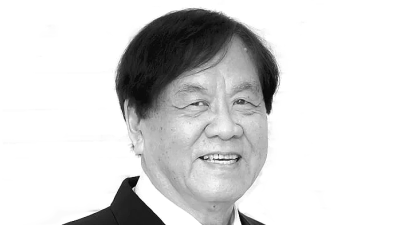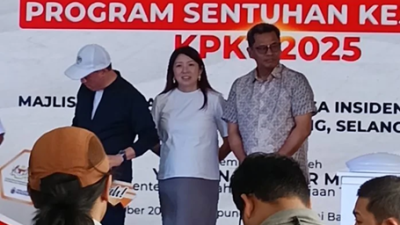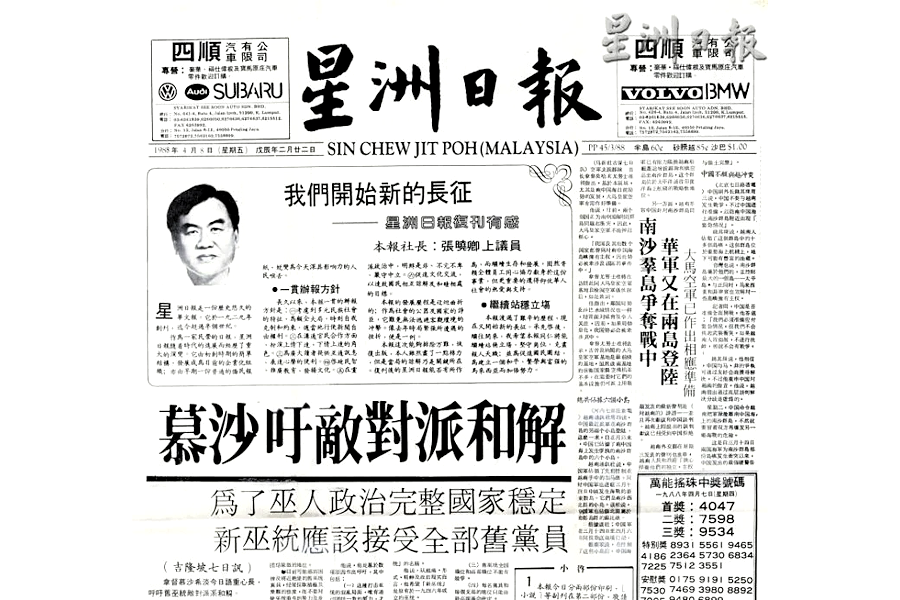
Founded in 1929, Sin Chew Daily, which will join the ranks of centennial newspapers in few years, was suspended twice.
The first was during the Japanese Occupation of Malaya when its publication was banned.
The second occurred on October 28, 1987, during Ops Lalang, after the paper reported the transfer of non–Chinese-speaking teachers to senior posts in Chinese primary schools.
The government revoked its publishing license under the Printing Presses and Publications Act.
At that time, three newspapers—Sin Chew Daily, The Star, and Watan—were ordered to cease publication.
The uncertainty was overwhelming, and a saying circulated: “If you wish to ruin someone, let him run a newspaper.”
Three months after Sin Chew Daily’s suspension, a long-time reader stepped forward, willing to invest both financially and personally to help the paper regain its publishing license.
After five months and eleven days, Sin Chew Daily finally resumed publication on April 8, 1988.
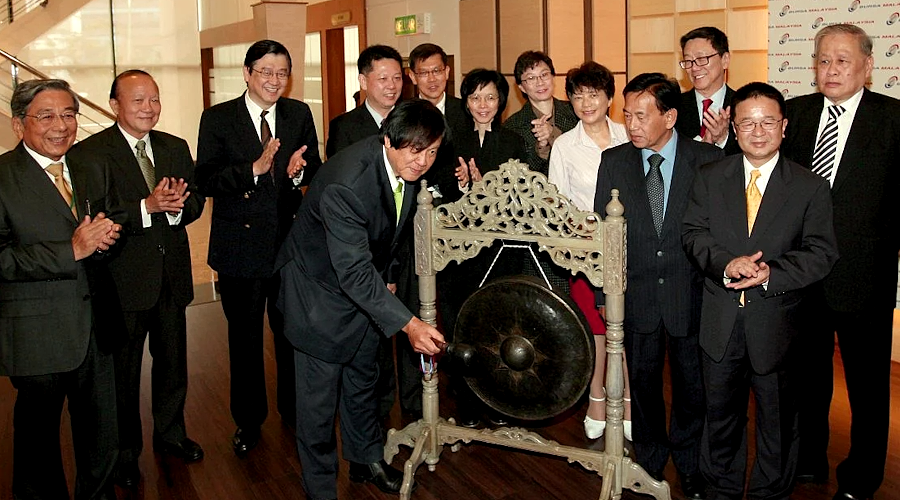
Restoring the license, reviving the paper
At the time, the then-president of the Associated Chinese Chambers of Commerce and Industry of Malaysia (ACCCIM), Tan Sri Wee Boon Ping recommended Sin Chew Daily’s then–chief reporter, Hoong Song Kean, to meet with Senator Tiong Hiew King.
At their very first meeting, Tiong expressed strong interest in acquiring the newspaper.
Tiong later met again with four other executives—Liew Chen Chuan (then Editor-in-Chief), Kou Yok Liong (then General Manager), Gan Chin Hor (then Senior Manager of Production), and Hoong—to formally confirm his decision to acquire Sin Chew Daily.
Tiong not only financed the acquisition but also worked personally to secure the reinstatement of the publishing license.
According to Hoong, Sin Chew Daily’s revival was made possible through Tiong’s efforts, working via then Sarawak Deputy Chief Minister Tan Sri Wong Soon Kai, to appeal directly to Prime Minister Tun Dr. Mahathir Mohamad.
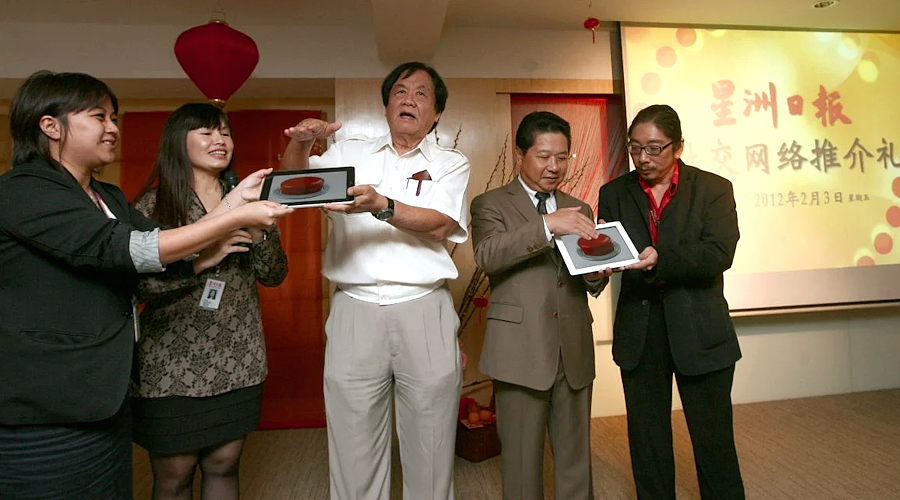
Why would a timber magnate venture into newspaper business?
Hoong explained that Tiong had long been a reader of Sin Chew Daily, which reached his hometown Sibu, Sarawak.
Deeply passionate about Chinese culture and language, he simply could not bear seeing a quality Chinese newspaper fade into history.
Datuk Tiong Kiong King, Executive Director of Rimbunan Hijau Group, shared that his elder brother’s persistence in publishing stemmed from a vision—“to build a Chinese-language media network that could stand side-by-side with Western media.”
Tiong believed that global Chinese media could strengthen their collective voice, breaking the century-long dominance of Western narratives.
His media ventures reflected that mission:
■ 1991: Founded the National Newspaper (an English daily) in Papua New Guinea.
■ 1992: Acquired Guang Ming Daily in Malaysia.
■ 1995: Purchased the Ming Pao Group, an influential paper in Hong Kong and North America.
■ 2000 (Nov 8): Launched Sin Chew Daily Cambodia in Phnom Penh.
■ 2007 (Jan 17): Renamed Indonesia Daily to Sin Chew Daily Indonesia.
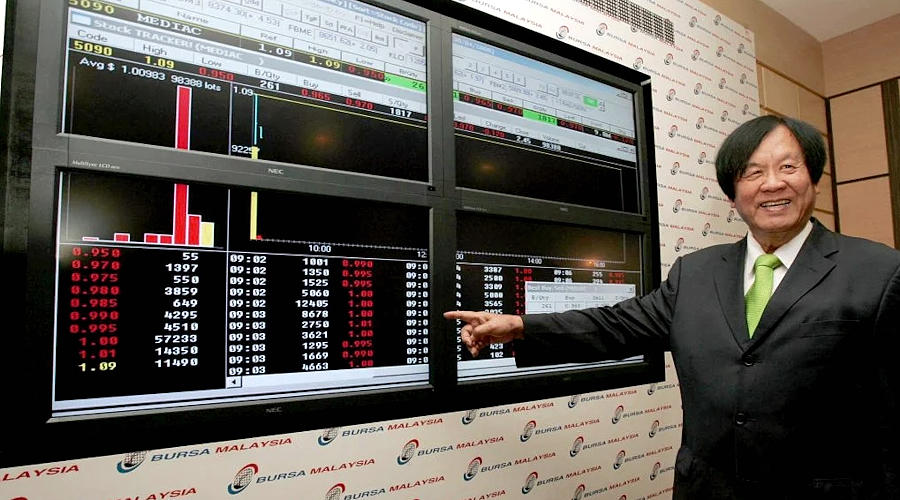
Tiong once said: “We Chinese must establish and own a global media and information network centered around the Chinese people. We must express our emotions and voices from our own standpoint and values.”
In 2007, Sin Chew Media Group, Ming Pao Group (Hong Kong) and Nanyang Press Holdings announced a merger to form Media Chinese International Limited (MCIL).
The group was listed in both Hong Kong and Malaysia in April 2008, setting a new precedent in the global media landscape.
MCIL’s portfolio included Sin Chew Daily, Guang Ming Daily, Nanyang Siang Pau, China Press, Ming Pao, Sin Chew Daily Cambodia, Sin Chew Daily Indonesia, Papua New Guinea’s National Newspaper, Yazhou Zhoukan, Asia Eye, and over 30 magazines spanning Asia, North America and beyond.
Connecting Chinese media across the world
Commenting on the merger, Tiong wrote: “Traditional media in the 21st century faces three major forces—globalisation, the rise of the Internet and China’s growing prominence. The global Chinese community is increasingly concerned with news about China.
“Building a worldwide Chinese media network makes sense economically, socially, and culturally.
“Economically, it allows information sharing among Chinese media worldwide and opens vast overseas markets.
“Socially, it unites Chinese communities throughout the world, strengthening their access to information and competitiveness.
“Culturally, a strong global Chinese media network promotes Chinese language and education, enabling millions of Chinese descent to share a 5,000-year-old cultural heritage,” he said.
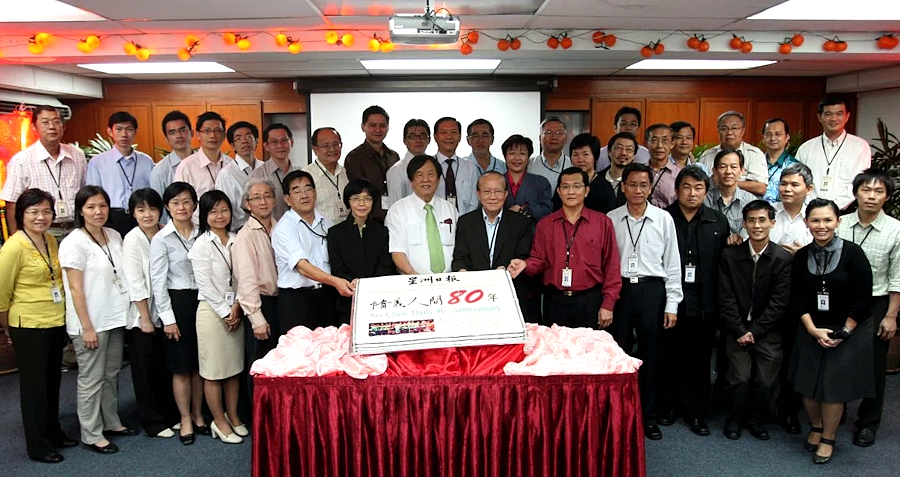
Tiong also emphasised that in the Internet age, information has become boundless and no one can be a monopoly:
“Accurate, independent, objective and fair journalism is as precious as a clear spring.
“Traditional print media must still play an essential role.
“To remain relevant amid globalisation and technological change, we must consolidate resources, share platforms, innovate continuously, and expand our horizons,” he said.
Once president of The Chinese Language Press Institute, Tiong encouraged Chinese media to continue to expand their horizons to catch up with new trends.
In his opening speech at the 49th annual meeting of the Chinese Language Press Institute in 2016 in Guangzhou, China, Tiong said Chinese media must find a new direction by integrating with new technology and new media to create a new space.
“Whether it’s a challenge or an opportunity, it depends on how we understand the media and seize the opportunity,” he said.
Tiong’s philosophy of journalism and his contributions earned him widespread recognition.
In 2017, China Central Television (CCTV4) honoured him during the 6th “Chinese Influence—Person of the Year for Promoting Chinese Culture” awards.
The tribute video described him as “the newspaper mogul of Southeast Asia, giving voice to the Chinese people.”
The award citation read: “A timber magnate who rose from humble beginnings to the Fortune Global 500; a media mogul who united and built a Chinese press fleet; a philanthropist devoted to children’s welfare and disaster relief, donating 80 million yuan (RM46.43 million) in aid of earthquake recovery; an evergreen Malaysian, and a leader of the Chinese business community.”
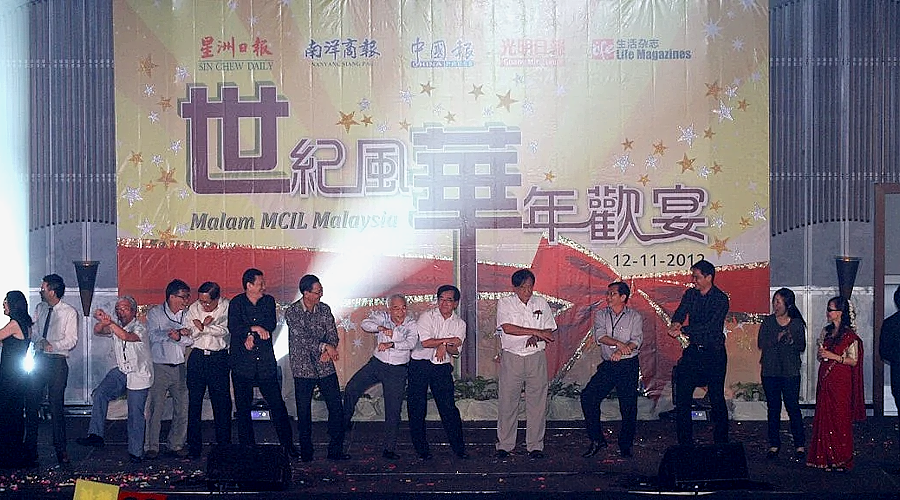
A life of cultural commitment
Tiong’s story was also featured in Philanthropists of Malaysia and Singapore (2018) published by New Era University College and distributed to universities across China.
His profile, titled “Tiong Hiew King: From Timber Tycoon to Media Magnate,” honored his lifelong dedication to Chinese education and culture.
Every year, MCIL Group hosts a Chinese New Year gala dinner attended by Chinese diplomats and community leaders.
At the 2017 MCIL New Year celebration, then–Chinese Ambassador to Malaysia Dr. Huang HuiKang praised him: “It is a blessing for Malaysia to have Tiong Hiew King—a man of vision, compassion, and deep social responsibility.
“Thank you—good for Malaysia to have you, Chinese Malaysians are better to have you, and the greater Chinese world is even better to have you,” he said.
Among the group’s long-standing traditions was the Durian Festival where Tiong personally treated staff to truckloads of durians at the company headquarters’ car park—a gesture of gratitude that became legendary within the newsroom, dating as far back as 1989.
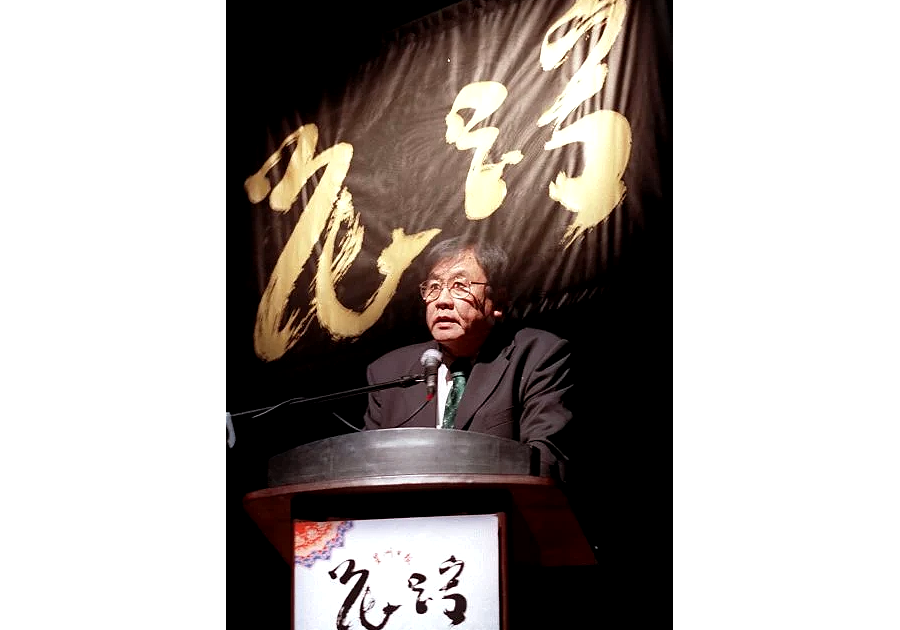
Nurturing Chinese literature: The Huazong Literature Awards
Another hallmark of Sin Chew Daily’s cultural mission was the biennial Huazong (Floral Trail) Literature Awards launched in 1991.
“Wherever there is sea water, there are Chinese; wherever there are Chinese, there are traces of Huazong.”
This became a major platform for literary exchanges among Chinese writers worldwide.
Yayasan Sin Chew: Spreading warmth beyond borders
Founded in 2000, a foundation named Yayasan Sin Chew provides aid to the needy and supports education through initiatives such as the “Love Among People” scholarship programme launched in 2004.
It also extends humanitarian relief during disasters, including:
■ 2004 Indian Ocean tsunami
■ 2006 Southern Malaysia floods
■ 2008 Cyclone Nargis (Myanmar)
■ 2008 Sichuan earthquake
■ 2009 Taiwan Typhoon Morakot, Indonesia and Philippines disasters
■ 2010 Qinghai earthquake
■ 2011 Japan earthquake and Malaysia east coast floods
In 2017, the foundation launched the “RM3 Million Warmth Project” to support 100 elderly and orphanage homes.
During the Covid-19 pandemic in 2020, Yayasan Sin Chew partnered with various organisations to donate millions worth of medical and protective equipment to 82 hospitals, clinics, and dialysis centers nationwide.

ADVERTISEMENT
ADVERTISEMENT






